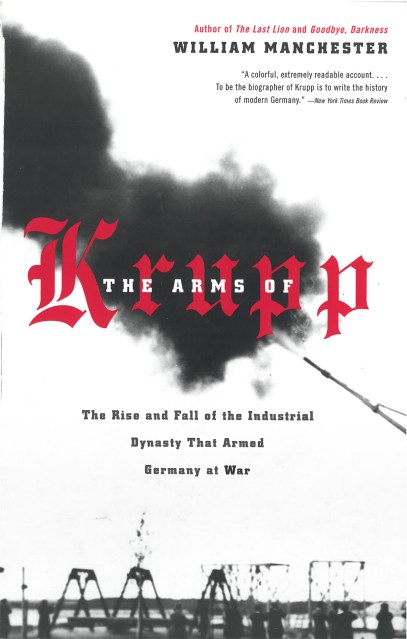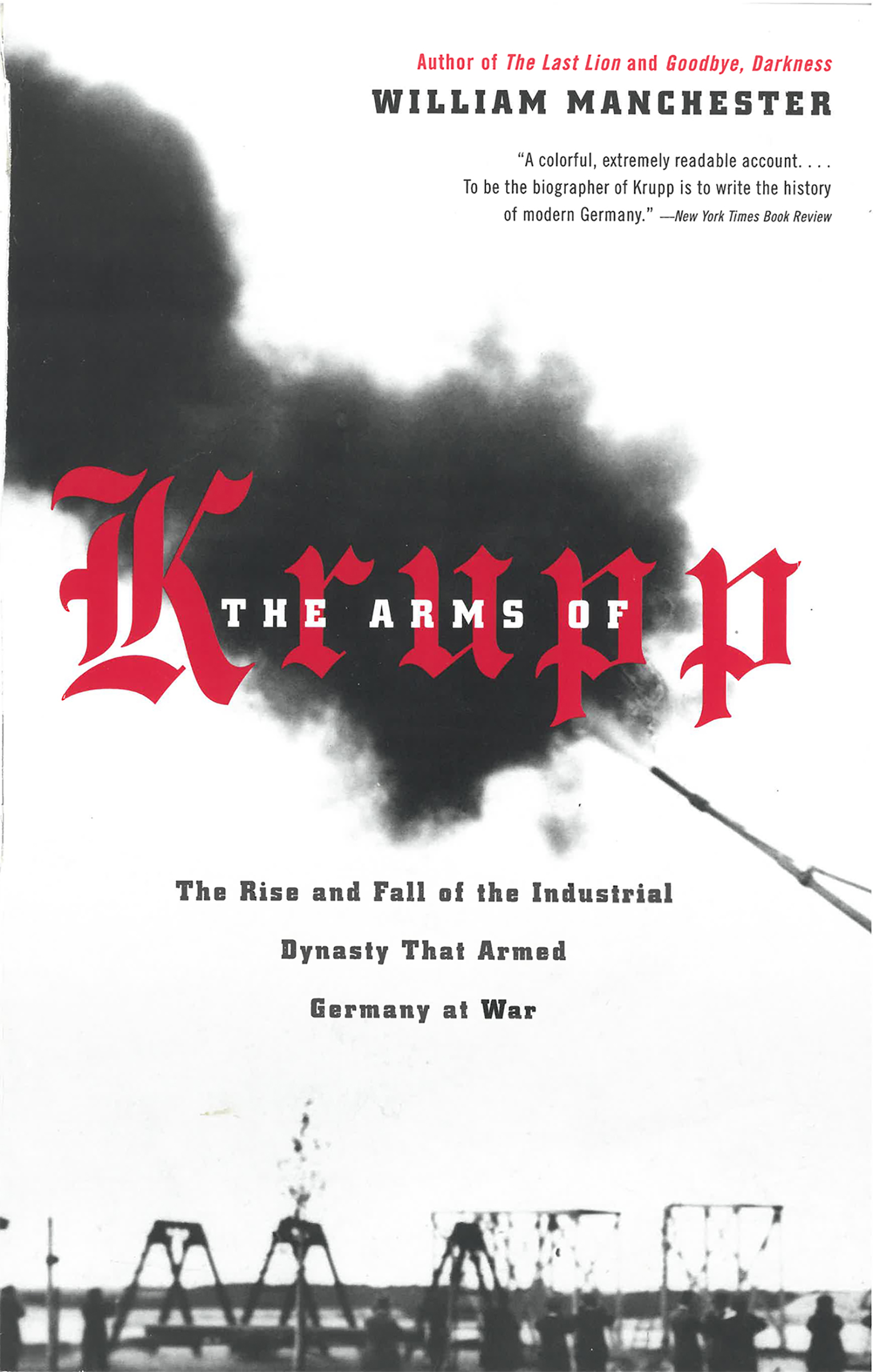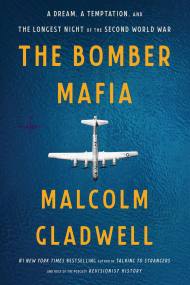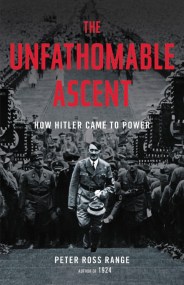Promotion
Use code MOM24 for 20% off site wide + free shipping over $45
The Arms of Krupp
The Rise and Fall of the Industrial Dynasty That Armed Germany at War
Contributors
Formats and Prices
Price
$13.99Price
$16.99 CADFormat
Format:
- ebook $13.99 $16.99 CAD
- Trade Paperback $25.00 $32.50 CAD
This item is a preorder. Your payment method will be charged immediately, and the product is expected to ship on or around October 31, 2017. This date is subject to change due to shipping delays beyond our control.
Also available from:
The Krupp family were the premier German arms manufacturers from the middle of the 19th century until the end of World War II, producing artillery pieces and submarines that set the standard for effectiveness. This book relates the history of this influential company.
Genre:
- On Sale
- Oct 31, 2017
- Page Count
- 992 pages
- Publisher
- Little, Brown and Company
- ISBN-13
- 9780316483940
Newsletter Signup
By clicking ‘Sign Up,’ I acknowledge that I have read and agree to Hachette Book Group’s Privacy Policy and Terms of Use







